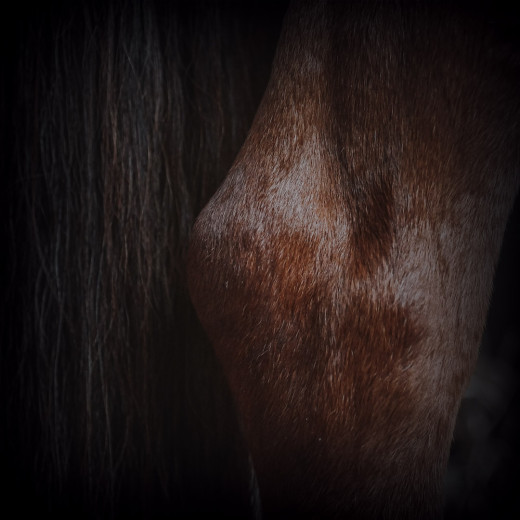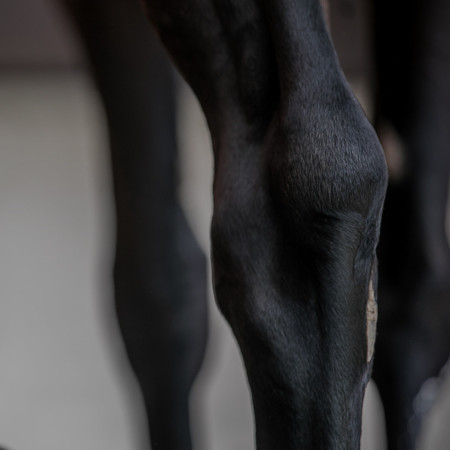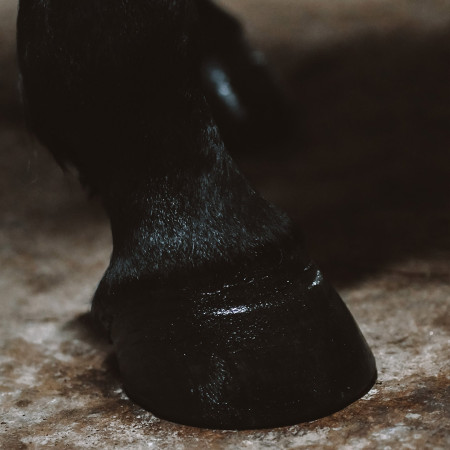
Locomotor system
Over time, this sets inflammatory processes in motion that can cause osteoarthritis. Inflammatory changes manifest themselves initially at the superficial layer of the joint cartilage where small fragments are released into the synovial fluid. The cartilage fragments released mainly consist of type II collagen and act as antigen. The immunologically active tissue located in the joint capsule misinterprets these fragments as foreign to the body and responds by initiating an inflammatory cascade, resulting in formation of antibodies directed against the cartilage fragments. This process causes further damage to the joint cartilage, triggering an additional inflammatory response - a vicious circle.
Degenerative joint disorders that are already associated with chronicity can be painful for the horse at many phases. In horses that already demonstrate signs of chronic osteoarthritis, the primary focus is to regulate the pain in an acute episode and subsequently have an impact on the quality of life as positive as possible.







